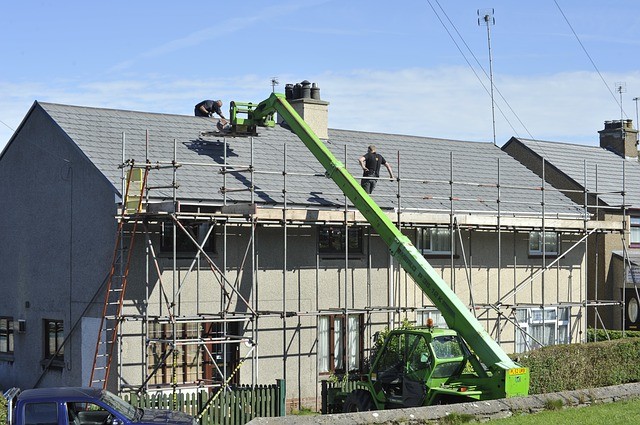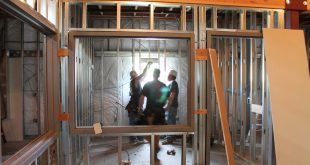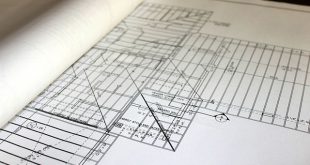If you’re purchasing a building, whether a new build or one that has been there for years, you need to know that the building has been properly built and will still be standing in years to come.
That’s why you need to be aware of the most common building defects. But, it should be noted that you should still get a building defects report completed as this will perform a much more detailed analysis.
It should also back up what you thought!

The Roof & Gutter
Look at the roof and check for any damaged ties. You may also see damaged, or missing, pointing. This indicates the roof has been damaged or may even be starting to perish. But, more importantly, a damaged roof will allow water into your home and potentially cause damage.
Water entering a house can soak into the wood, and cause it to rot, eventually affecting the structural integrity of the house.
You should also study the guttering to ensure it is all in one piece. Damaged or aging guttering will increase the chances of water overflowing, which means it will cascade down your walls. Again, this leads to the potential of water ingress and the associated problems.
Wood
Wood can be attacked by termites, it can suffer wet rot, dry rot, and even be damaged by a variety of other pests. You’ll need to inspect any wood that is visible to make sure there is no obvious damage. If there is it will need repairing which could be an expensive task.
Again, damaged wood can lead to structural issues with your property.
Cracking
A good look at the inside and outside walls will alert you to any cracks. The longer the crack the bigger the issue is likely to be.
Some cracks are simply a result of age, but, when a crack runs roughly vertical and covers a fair distance of the house, you could be looking at a subsidence issue.
This means your property will need underpinning which is an expensive and very intrusive repair.
Electrics
You may not be able to test the electrics fully but you can visually inspect them. Pay particular attention to any sockets in the property, discoloration is a sign of an electrical short that will need dealing with urgently.
Where possible you should also turn all the switches on and off to ensure they work and there is no flickering.
The age of the wiring can also tell you if the house is going to need work doing or not. Old wiring is likely to start perishing and increase the risk of a fire. Rewiring a house is another expensive job.
Damp
Finally, take a look at the bottom of the walls and the floors at the edge of each room. If you see damp patches or mold then you may have a problem with rising damp in the property. This often means the damp proof course is failing and will need to be replaced.
Again, this is not an easy task and not a cheap one.
That’s the real issue, all these defects can be expensive to repair, getting a property defects report can save you going bankrupt!
 World inside pictures Collect and share the best ideas that make our life easier
World inside pictures Collect and share the best ideas that make our life easier








